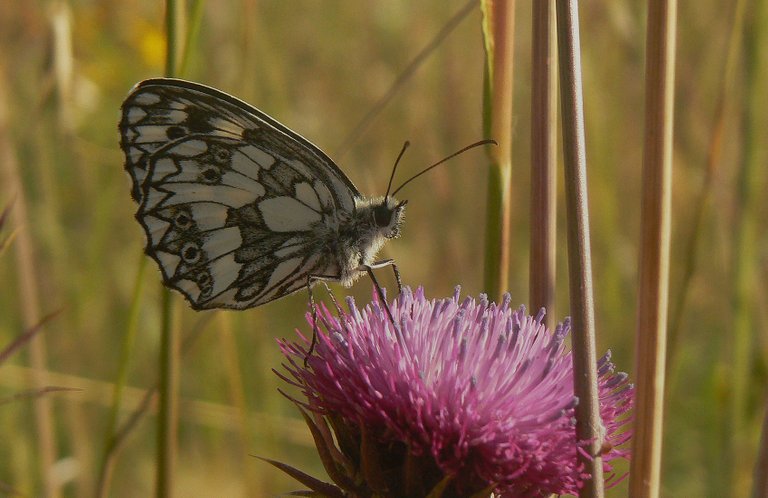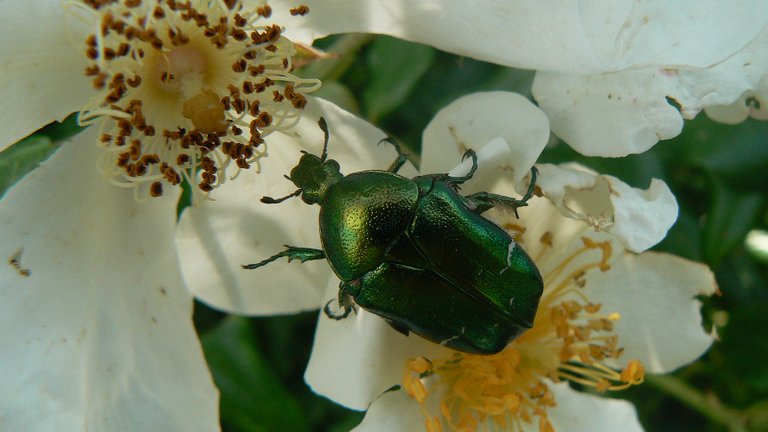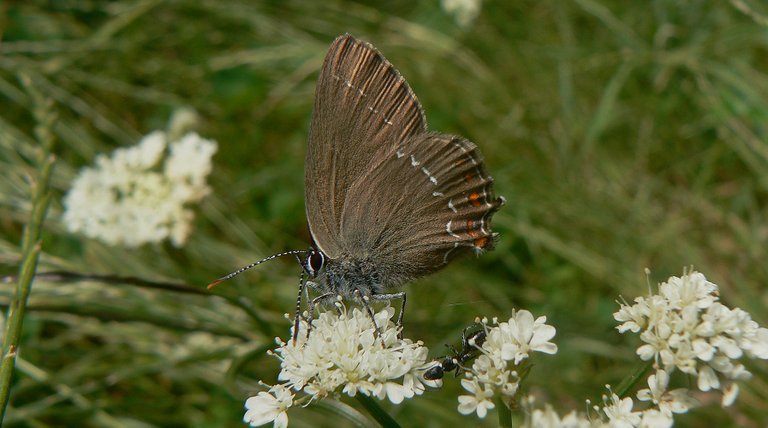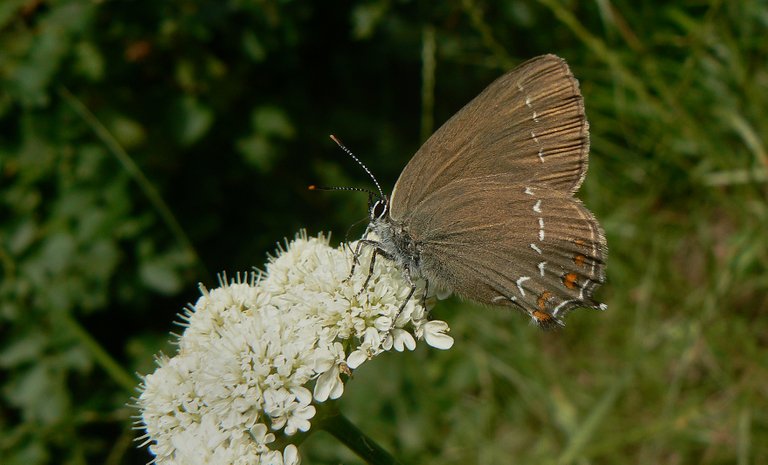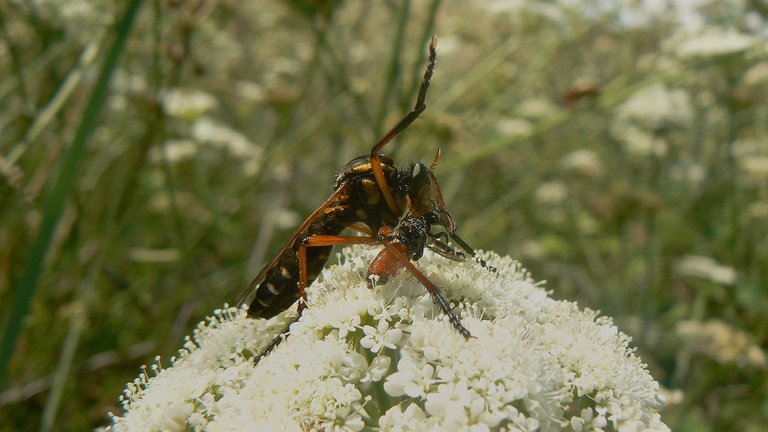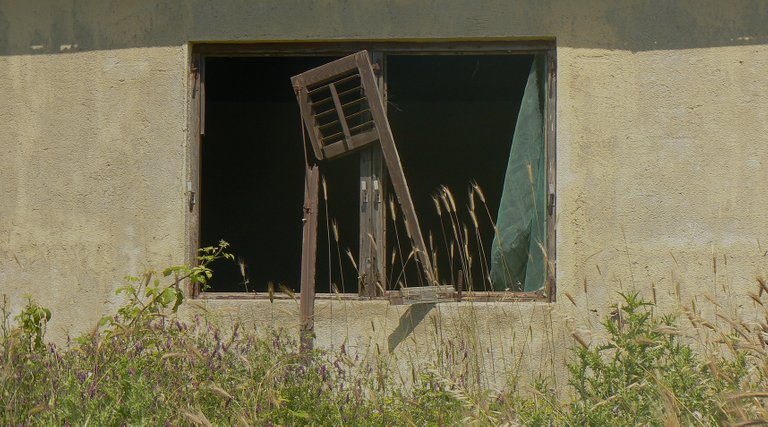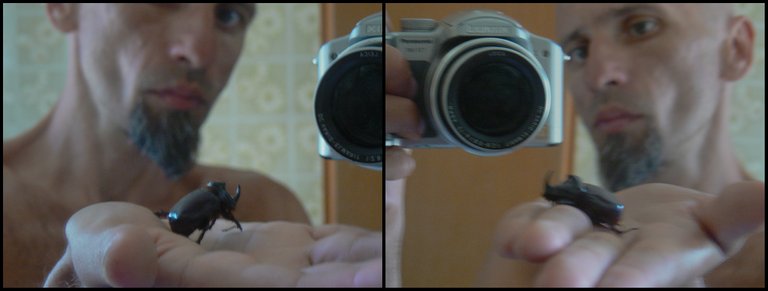I took plenty of photographs during the spring and summer of 2016. Most of them were taken outdoors, in the groves, shrublands, and meadows just outside my hometown. In today's post, I'll show you some of those old shots.
You can see a butterfly from the Satyrinae family in this opening shot. Melanargia galathea is the name of the species.

Here you can see a bunch of soft young fennel leaves in my hand. I probably ate that fennel with potatoes and cream. But I can't be sure because that information isn't written in the JPEG metadata and I don't remember the stuff shown in these old photographs.
This is the Cetonia aurata. The green rose chafer. A beetle from the Scarabaeidae family.
Some insects really look like intricate, sophisticated pieces of jewelry.

The rose chafer was feeding on the pollen produced by the Rosa canina flowers.

Rosa canina is one of the wild rose species that grow here in my area.
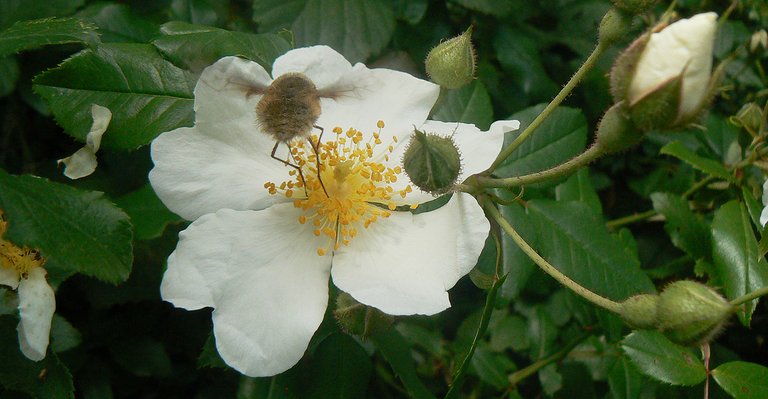
In this photograph, a bee fly (Bombyliidae family) is collecting the nectar of the Rosa canina flower.
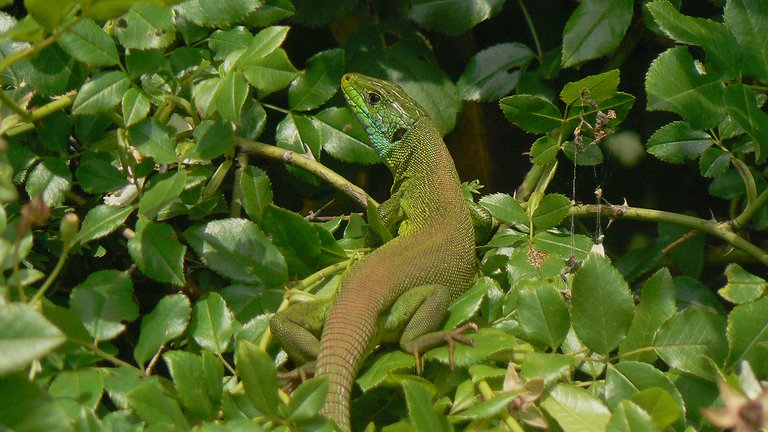
A beautiful European green lizard (Lacerta viridis) was resting and sunbathing on the wild rose plant.
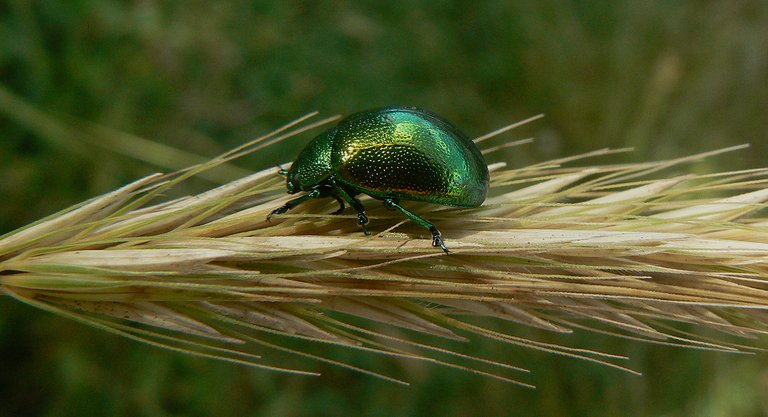
On the herbaceous vegetation under the shrubs, I found another interesting beetle-shaped piece of biological jewelry.
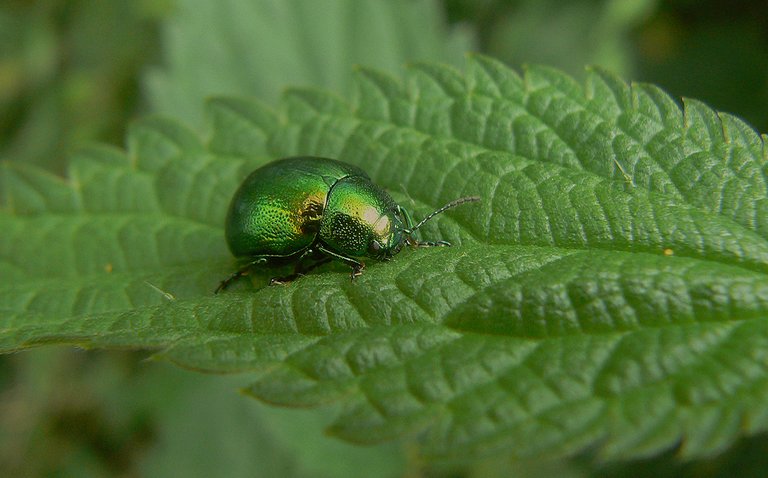
This is the Chrysolina herbacea, a beetle from the Chrysomelidae family. And now ...
... something completely different. Here you can see three shots taken in my kitchen. My dog Bepina is the protagonist of this triptych.
You can see another butterfly here.
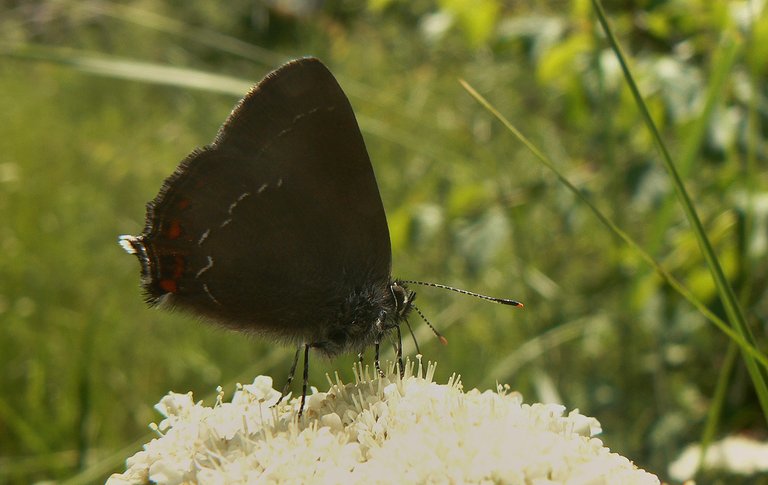
This is the Satyrium acaciae ...
... a species from the Lycaenidae family.
In this shot, a juvenile Neoscona adianta spider has caught a fly from the Bombyliidae family. When it comes to the fly, I can't tell you the exact species but I'm pretty sure that the genus is Anthrax.
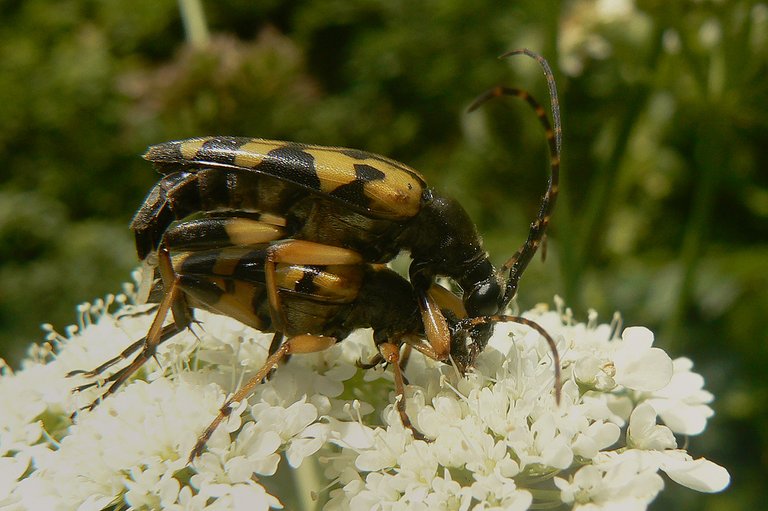
Here you can see a mating pair of Rutpela maculata longhorn beetles. In the following photograph ...
... the Molobratia teutonus robber fly (Asilidae family) has caught a sawfly. Can't tell you what sawfly it was. Despite the word fly in the name, sawflies aren't flies. They are Hymenoptera related to ants, bees, and wasps. Meanwhile ...
... a group of sheep was grazing the juicy green grass that grows between shrub-covered areas.

This is a detail from one of the small pine trees that grow among the shrubs.
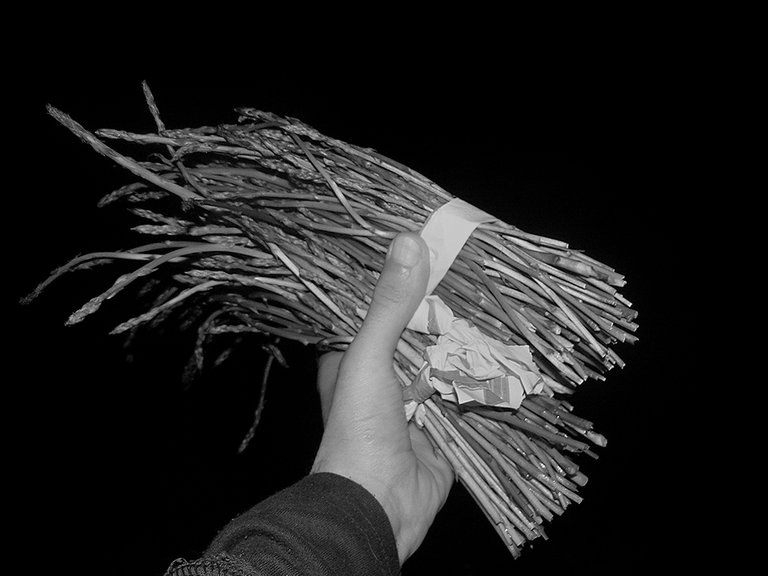
I collected an edible bouquet of wild asparagus (Asparagus acutifolius) shoots.

This is the Deraeocoris rubber, a bug from the Miridae family.
At one point, near some small abandoned cottage with broken windows ...
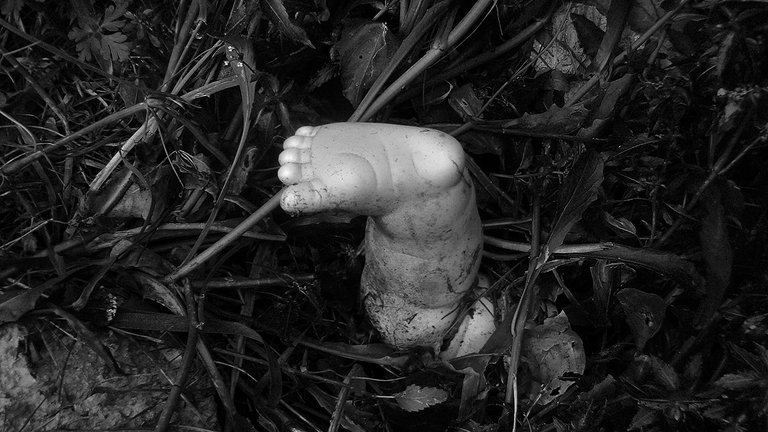
... I came across the creepy detail shown in this photograph. A dirty plastic baby leg of a doll was protruding from the ground.

Here you can see some springtime mushrooms photographed in the oak grove a couple of kilometers from my hometown. The following photograph ...
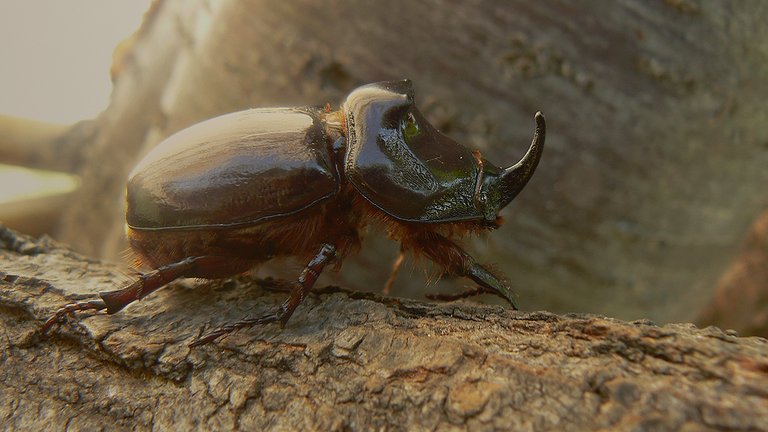
... was taken in my yard.
The European rhinoceros beetle (Oryctes nasicornis) is a regular seasonal visitor.
This spectacular beetle is pretty rare in this area, so I'm very happy to see them every year so close to my house.
Some of these mini-rhinos probably live their long larval stage in the compost I use for gardening. That could explain their regular presence in my yard.
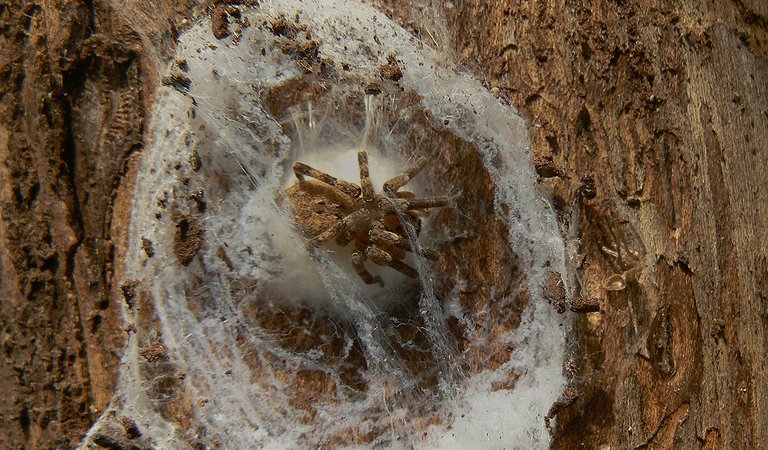
You can see a silky nest in this photograph.
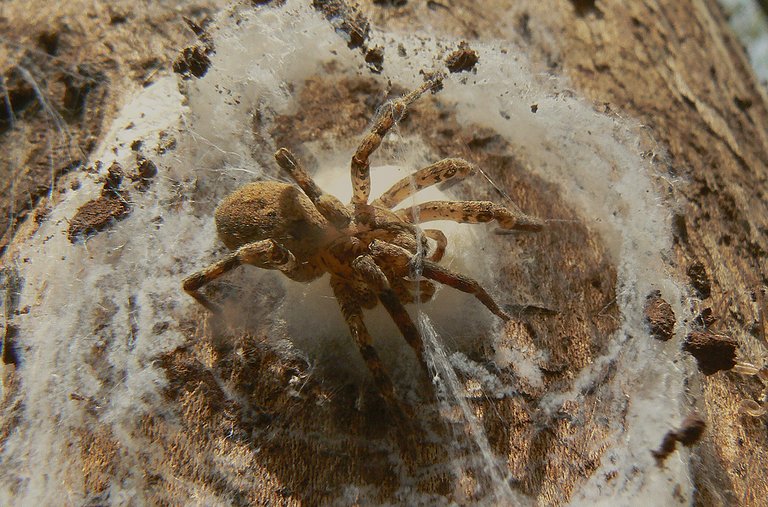
There is a nest and a pretty big spider on it.
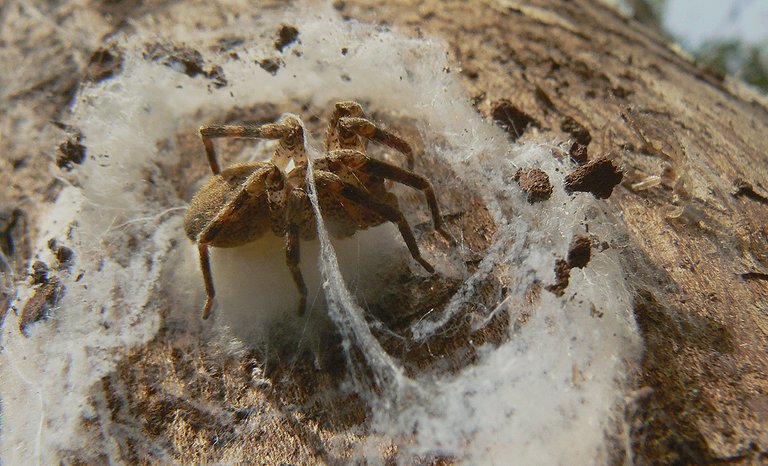
The spider was guarding a cocoon.
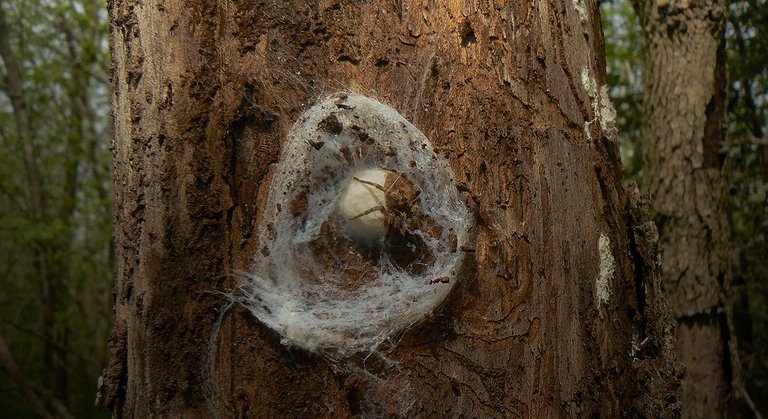
This scene got uncovered when I removed a piece of bark from the rotting tree.
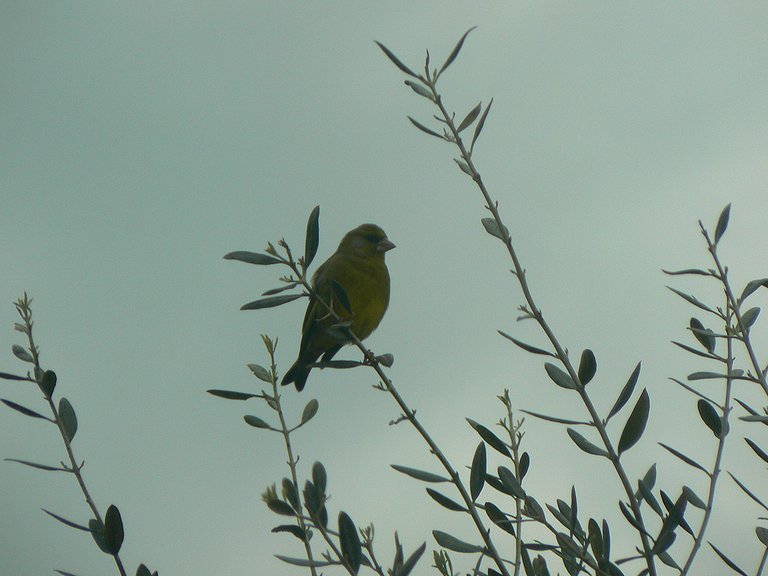
This small bird, photographed on the olive tree ...
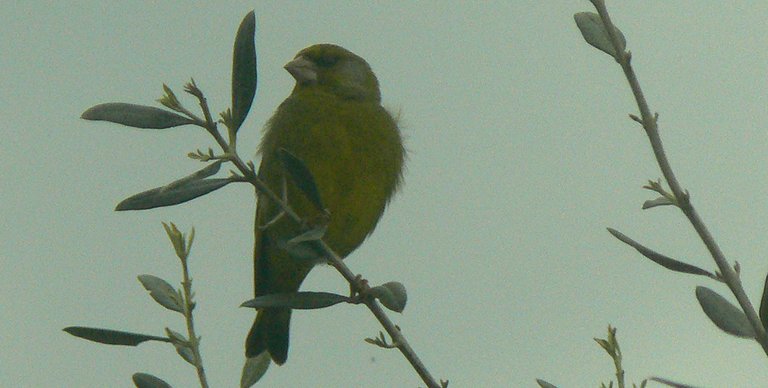
... is the European greenfinch (Chloris chloris).
Here you can see another bird. A slightly bigger one. This is the European Turtle Dove (Streptopelia turtur).
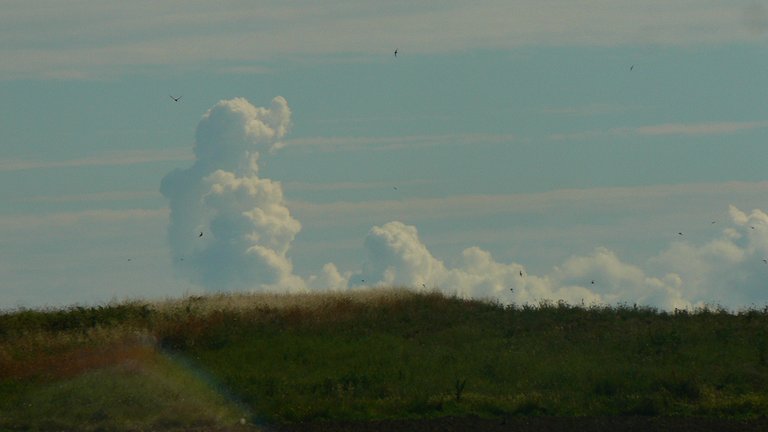
Here you can take a look at the coastal scenery somewhere between Medulin, the small town in which I live, and Liznjan, the nearest village. You can also see some lovely clouds present in the sky on that occasion. The following photograph was taken in the same area.

You can see the Ononis spinosa flowers here.
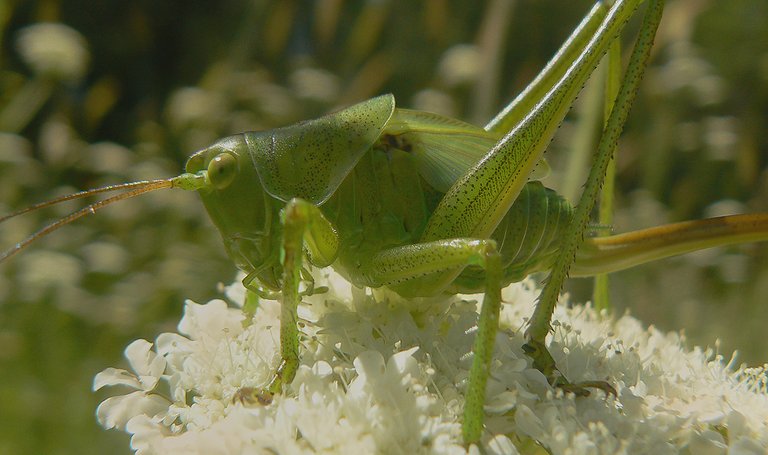
This is the Tettigonia viridissima bushcricket.
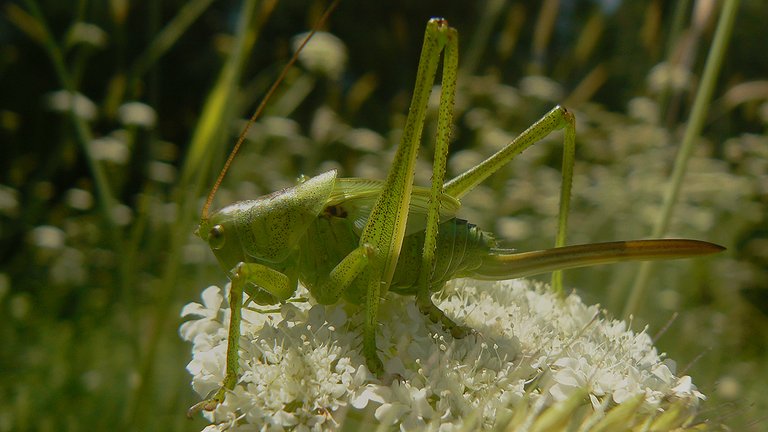
A nymph. A young, not completely developed bushcricket.
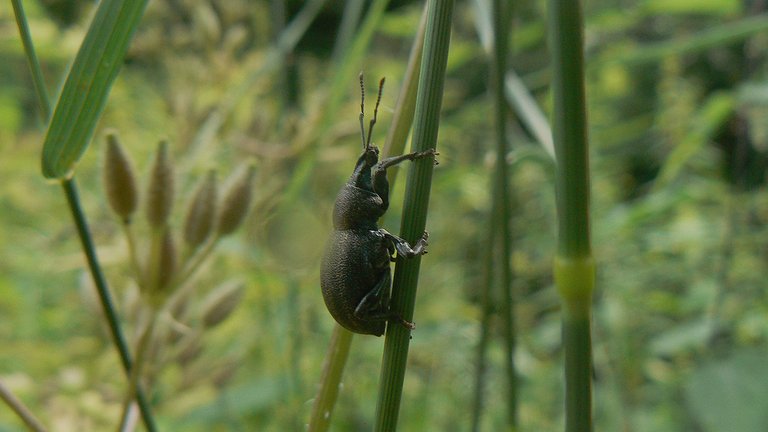
This is a weevil. A beetle from the Curculionidae family. Can't tell you the name of the species.

Here, in the last shot of today's post, you can see a small spider from the Gnaphosidae family. The name of the species is Aphantaulax trifasciata.
